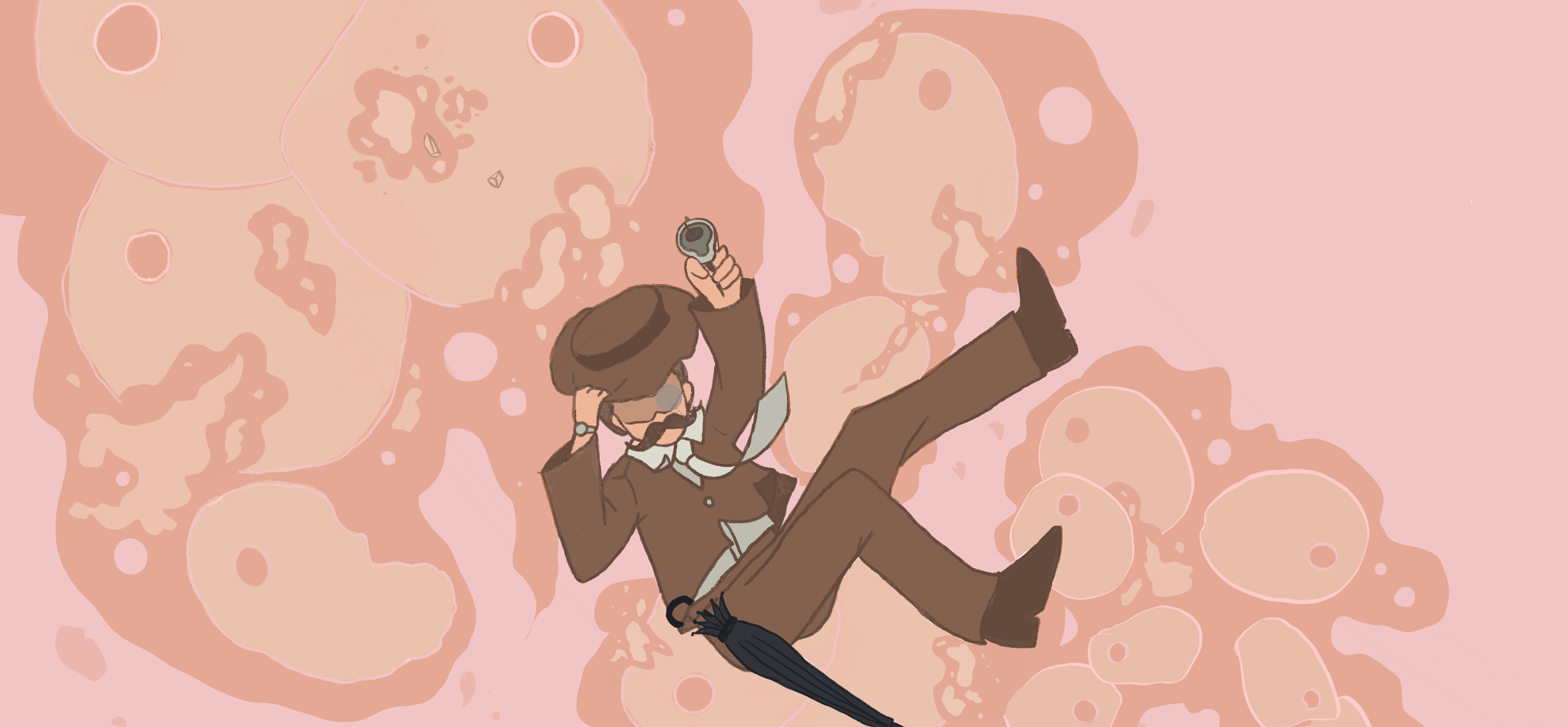Project: Description
Attracted by the trending popularity of Aptamer technology, our goal was to utilize this technology and engineer a new type of targeting drug to play a part in curing cancer. In the past few months, we've read through literature performed experiments; we overcame many difficulties, tried out different solutions and eventually led to our preliminary design for our project. Fighting cancer is hard. We know our targeting drug have many issues yet to be solved, but we wish to do our bit in this long-stretched fight. Here is a brief introduction to our project.
Background
Breast Cancer is one of the most prominent cancer present in females. In 2020, 11.7% of the newly diagnosed cancer cases are breast cancers, largest among the 36 cancer. Among women, 24.5% of the cancer cases were breast cancer, and 15.5% of death is caused by breast cancer as well. Stage I breast cancer can be cured with surgical operations; surgeries involves the removal of breast and lymph nodes, in some cases, some chest muscles have to be removed as well. In later stages chemotherapy and radiotherapy have to be applied as well. However, Chemotherapy and radiotherapy are harmful to the body, causing problems such as falling hair. Many methods for curing breast cancers remains ineffective and cost heavy. See more in Current Drugs.
Breast Cancer in China
Breast cancer in China is particularly grave issue. Due to lack of awareness among young people, 84.3% of the incidence has progressed to stage II, III or IV.

Figure 4: Age distribution of patients with breast cancer
Figure shows age distribution in China and the USA in 2008, and estimated distributions in China in 2020 and 2030; based on data from the WHO China country profile.22
Many effective drugs have to be imported overseas which is much more expensive and not included in the national medical insurance.
The fast-pace-lifestyle in China's mega city have also caused breast cancer to arise in younger ages. In big cities like Shenzhen, young people face a lot of pressure and work long hours; as a result, they not only have higher chances of getting breast cancer, but also miss out on regular check ups in hospitals.
Poverty-limited treatment
In China, each period of chemotherapy costs around eighty thousand if using the imported drug with less side effect and higher chance to cure the disease. Therefore, the whole course requires that family to use about 200000 RMB depending on the severity of the disease. Most of the time, the diseased family member can't be at work considering the health condition, leading to the lack of household income, even family financial crisis. Because of this, some women goes to work right after the chemotherapy despite syndromes like constant nausea and dizziness, just because she has to earn money to supply her treatment. If domestic drugs are applied, the government provides medical insurance that pays for 70% of the expense, releasing some of the pressure;however, this policy has not been implemented by all cities around the nation. The economic stress also leads to different trust issue between family members, resulting in a more serious level of disease.
Current Drugs.
Newly trending trending targeting drugs like Antibody-Drug conjugates have proven to be much more effective then traditional drugs, but they are much more expensive (costs around 54,000 US dollar in China), and they only target HER2 Positive breast cancers (which only accounts for 20-30% of breast cancer cases). Currently, there are only two ADC drugs approved by the FDA (T-DM1 and DS8201-a).
- Long production period -> Expensive
- Heavy side effects
- Narrow range of receptors can be used which causes less drugs to be used.
ONCOKILLER
Our project aims at utilizing aptamers to develop a new type of breast cancer targeting-drugs. Compared to targeting-drugs whose specificity was provided by antibody, our project uses aptamers as guide molecules, which provided us with advantages such as lower production costs and shorter production period. See more in Design.
1. Short Production Period
Development of antibodies involves several immunizations of a host animal, isolation of antibody-producing cells, and fusion with fast-replicating myeloma cells. This is followed by hybridoma selection and antibody production. Each step is time-intensive, with the entire process realistically taking four to six months.
Aptamers on the other hand, uses SELEX process to be developed which usually takes 2-3 months and may even be short depending on the the aptamer. The actual production of the aptamer can be completed in just a few days.
2. Versatile
Antibodies are confined to a narrow range of receptors while aptamers can be used to target almost all molecules ranging from ions to virus, and tissues. Different types can be developed using variations of the SELEX protocol.
3. Weaker Side effects.
Unlike Antibody Drug Conjugates, our drugs are enveloped by nanoparticles which can increase the drug's stability during circulation in the human body and preventing it from contacting with the normal body cells.
Another implementation is pH sensitive aptamers that only bind with the target at low pH, which reduces the chance of binding to most normal cells. Cancer cells have lower pH thus will 'attract' more drugs to their proximity
Looking into the Future
Although ONCOKILLER seems prosperous. We have countered several issues during our time in the lab, which you can read about in our Results page. However, there is more to it than this. If ONCOKiller can be refined and optimized it could become a universal model for many cancer drugs. Due to the accessibility of aptamers and its versatility, we believe that more cancer curing drugs can be made cheaper, allowing more families to be able to afford them.

